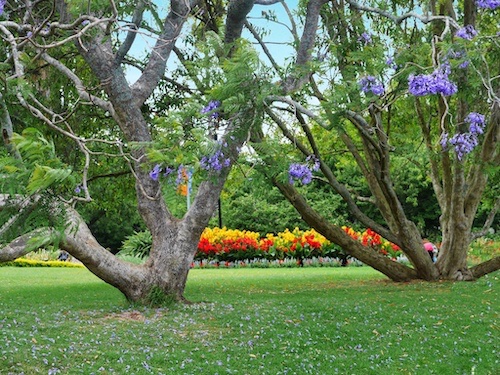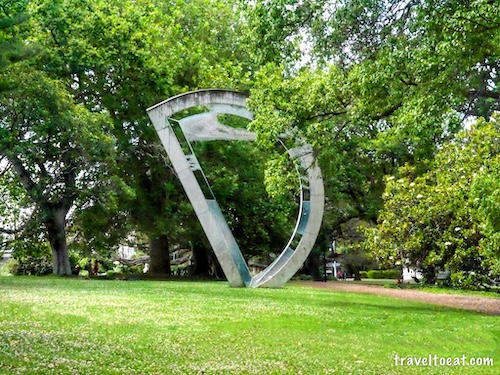
Right next to the Auckland Art Gallery is the expansive Albert Park. Filled with art, fountains and flowers, Albert Park is one of Auckland’s most important parks with its central location in the heart of the city, its long history and distinctive character. Albert Park in central Auckland was a military barracks during the conflict in Northland from 1845 to 1846. Troops were stationed there until 1871, when most of the buildings and walls were demolished. The park itself was constructed 10 years later. The sculpture shown above is by Neil Dawson to commemorate the Auckland Art Gallery centenary in 1988. The semicircular structure frames the tres presenting changing views of of the park as it is viewed from different angles.
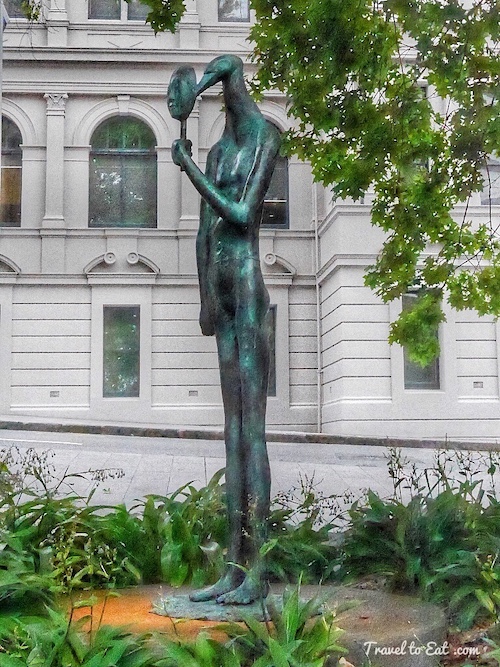
This statue is not in the park, but is across the road from the Auckland Art Gallery and the main public library, which seems to be changed every 6 or so months according to “My Midnight Moon”. The previous ones were Bird Man with Mask, Fantail and Pigeon Sculpture, and Fantail Sculpture. The writing on the base says “Paul Dibble 2001 NZ”. In large-scale, figurative sculptures cast in bronze, Paul Dibble creates forms sourced from the contemporary and historical objects of his home in New Zealand and the surrounding Pacific. Along with the human figure, these objects, such as mermaids, animals, birds, and feathers, are sculpted in a variety of styles and scale, which span Surrealism to folk art and vary from 350 millimeter small-scale pieces to monumental outdoor sculptures of over 18 feet in height.
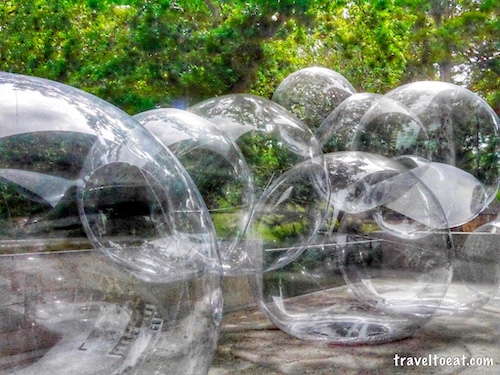
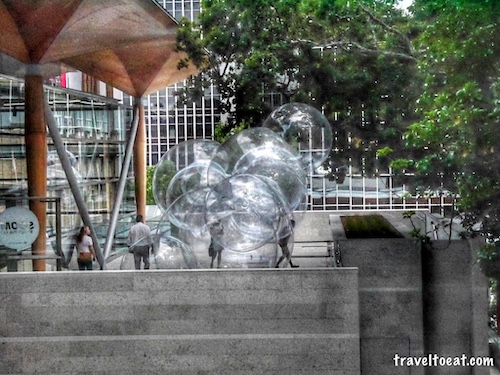
You can see the park from the “bubble balcony” at the Auckland Art Gallery. Clear PVC bubbles ranging from one to three meters in diameter make up the inflatable installation called SOOM, 2014, which means ‘breath’ in Korean. These 16 spheres of air are artwork by Korean-born New Zealand-based artist, Seung Yul Oh, one of the brightest talents to have emerged in the New Zealand art scene in recent years. Oh’s practice takes in a wide range of media including drawing, painting, sculpture, sound and video. Apparently they are meant to mimic soap bubbles. They were commissioned by the Auckland Art Gallery, supported by Chartwell Trust and Fabric Structure Systems.
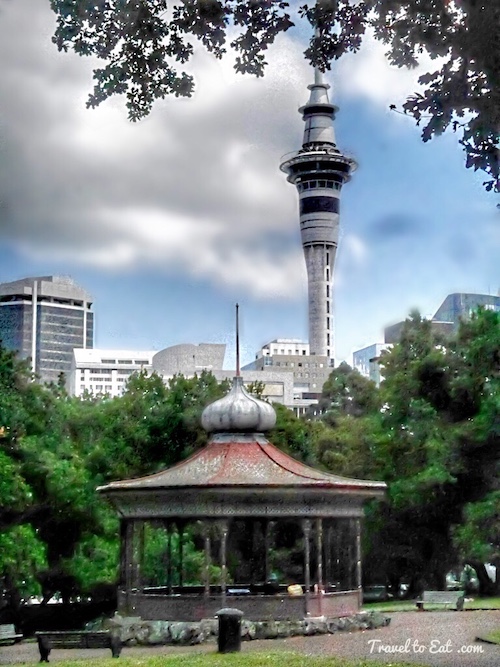
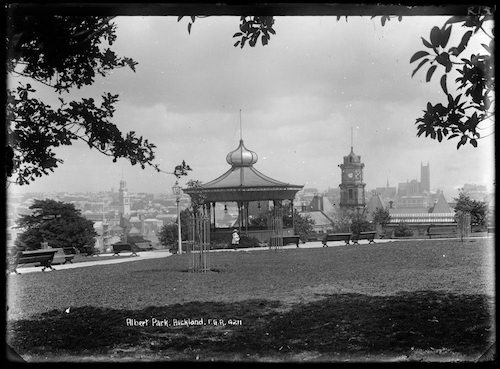
The band rotunda was built in 1901 and is the oldest surviving band stand or rotunda in the Auckland region. It was designed by James Slater, who also planned the layout of Albert Park. One of most interesting features of the band stand is its onion-shaped, domed roof. It is made of sheet metal and topped by a pointed finial.
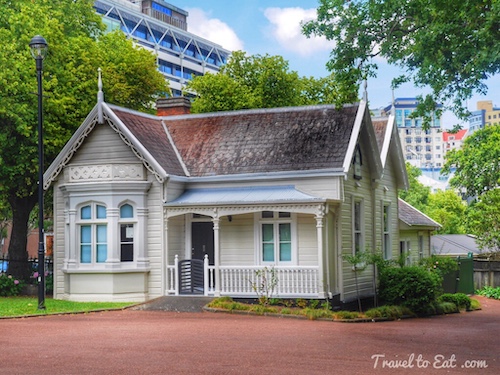
Albert Park House is the original park-keeper’s cottage, which is now a museum of memorabilia. It is home to the collection of Auckland philanthropist Bruce Wilkinson. It features clocks and ceramics – treasures acquired during his working travels between the 1930s and 1960s and later donated to the city.
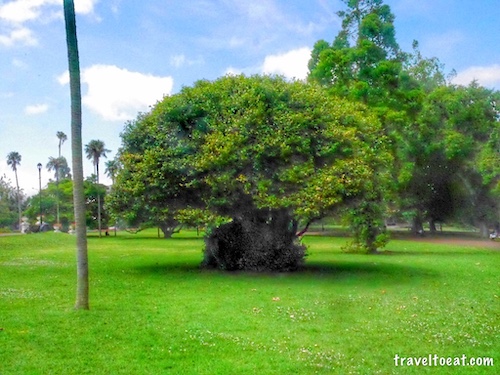
This is an ombu (Phytolacca dioica), which is native to Argentina. Its massive roots emerge above the ground as the tree grows.
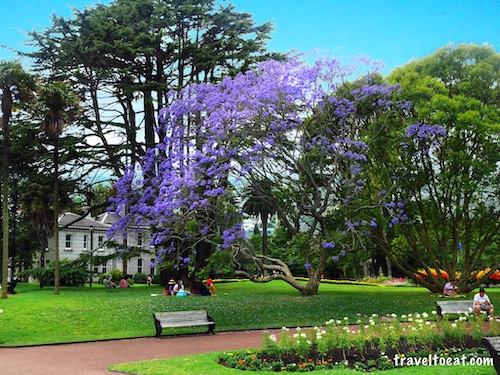
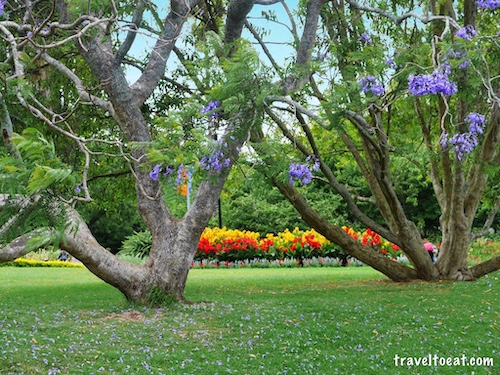
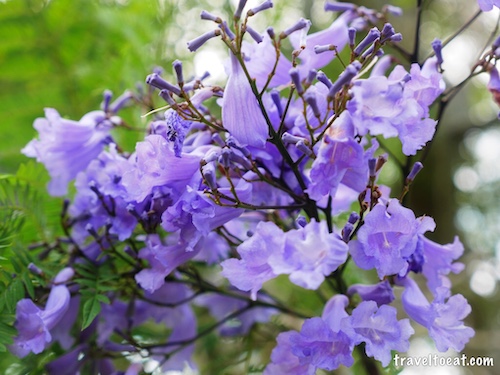
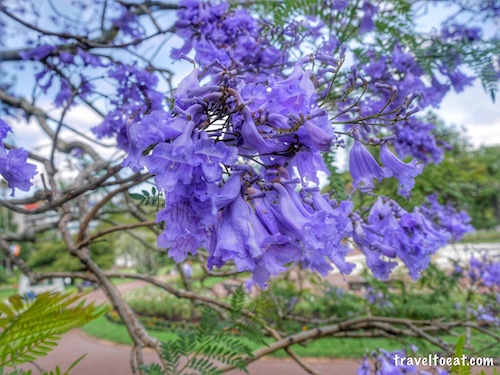
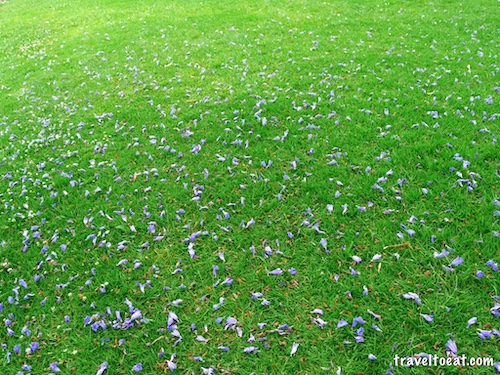
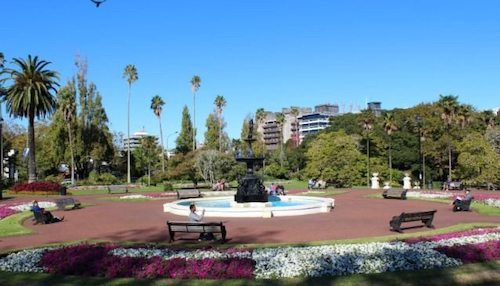
Jacaranda mimosifolia is a sub-tropical tree native to south-central South America that has been widely planted elsewhere because of its beautiful and long-lasting blue flowers. It is also known as jacaranda, blue jacaranda, black poui, or as the fern tree. Jacaranda is a genus of 49 species of flowering plants in the family Bignoniaceae, native to tropical and subtropical regions of Central America, South America, Cuba, Hispaniola, Jamaica and the Bahamas. Profuse flowering is regarded as magnificent by some and quite messy by others. The unusually shaped, tough pods, which are about 5.1 to 7.6 cm (2 to 3 in) across, are often gathered, cleaned and decorated for use on Christmas trees and in dried arrangements.
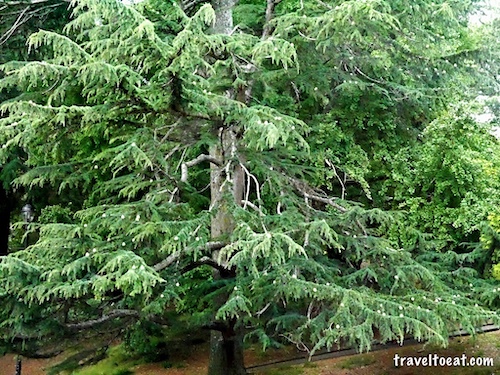
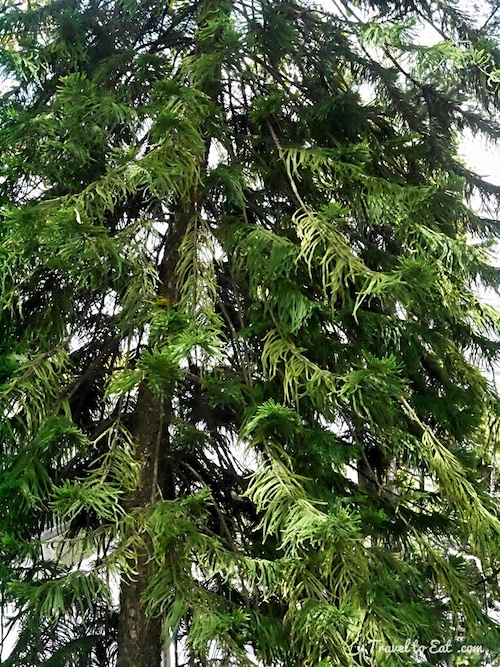
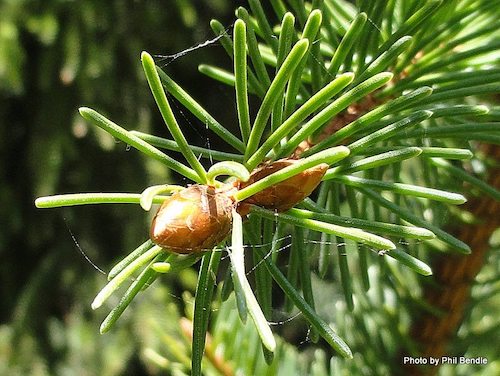
This is a Norwegian spruce (Picea abies) native to Europe. The spruces can be recognized as a genus by the sharp pointed needles, nearly square in cross-section (not strongly flattened) and attached to the twigs by sterigmata. The terminal branches of mature trees of Picea abies often hang down giving them a distinctive drooping appearance which together with the very large cones make this an easily recognized species.
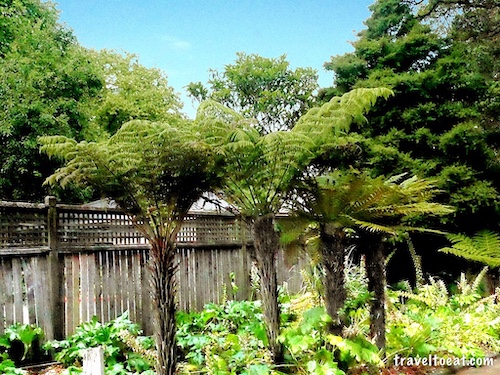
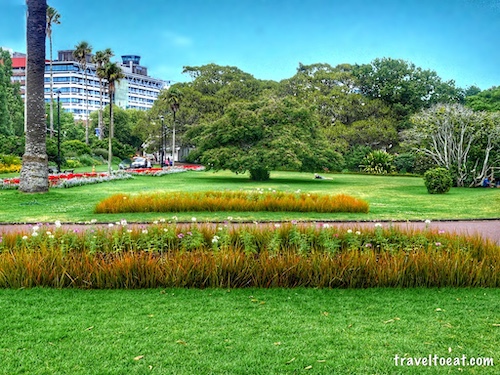
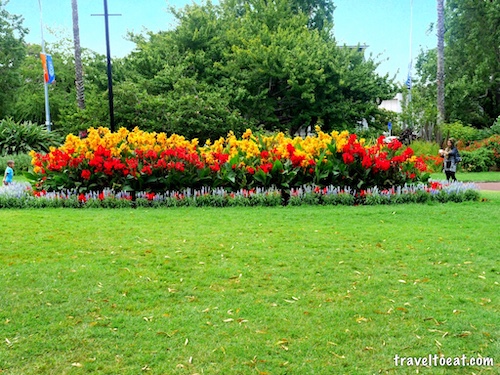
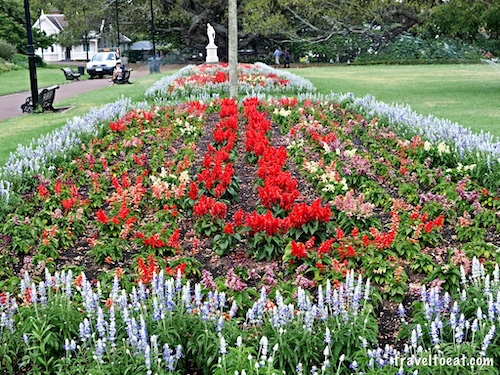
They have some pretty elaborate plantings in their flower beds. The entire effect is both relaxing and beautiful.
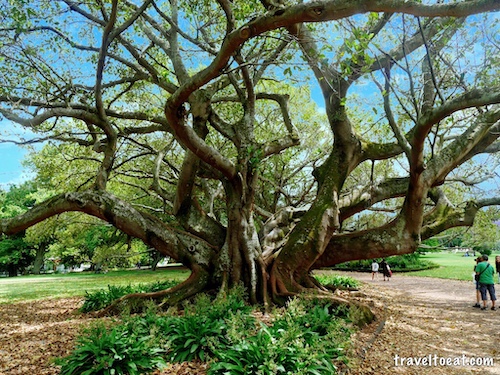
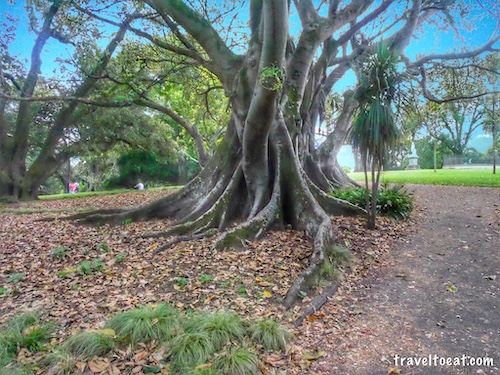
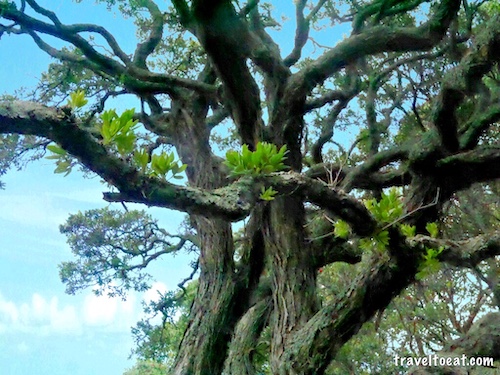
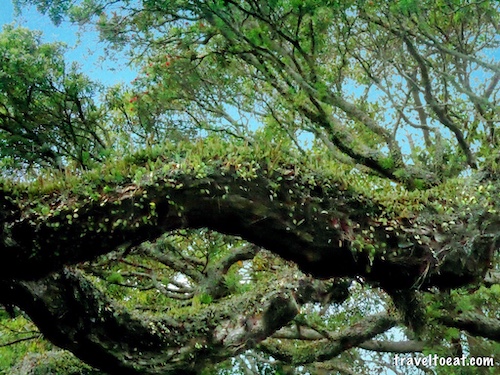
Ficus macrophylla, commonly known as the Moreton Bay Fig, is a large evergreen banyan tree of the Moraceae family that is a native of most of the eastern coast of Australia, from the Atherton Tableland (17° S) in the north to the Illawarra (34° S) in New South Wales, and Lord Howe Island. Its common name is derived from Moreton Bay in Queensland, Australia. It is best known for its beautiful buttress roots. The characteristic “melting” appearance of the Moreton Bay fig is due to its habit of dropping aerial roots from its branches, which upon reaching the ground, thicken into supplementary trunks which help to support the weight of its crown. It is a rainforest plant and in this environment more often grows in the form of an epiphytic strangler vine than that of a tree. When its seeds land in the branch of a host tree it sends aerial, ‘strangler’ roots down the host trunk, eventually killing the host and standing alone.
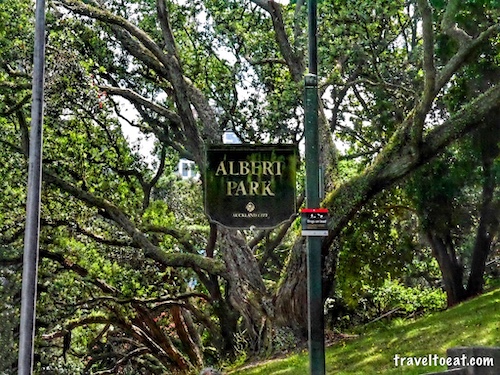
I hope that if you visit Auckland, you will leave a little time to enjoy Albert Park and the Auckland Art Museum. As always, I hope you enjoyed the post and please leave a comment to let me know what you think.
[mappress mapid=”119″]
References:
Albert Park: http://www.aucklandcouncil.govt.nz/EN/parksfacilities/premierparks/Pages/albertpark.aspx
SOOM 2014: http://www.aucklandartgallery.com/about/media-releases/artists-bubbles-burst-to-life
Band Rotunda: http://heritageetal.blogspot.com/2013/03/in-spotlight-albert-parks-band-rotunda.html
Statues in Front of Auckland Art Gallery: http://www.mymidnightmoon.com/travel/centralcityauckland.html
Paul Dibble: https://www.artsy.net/artist/paul-dibble

